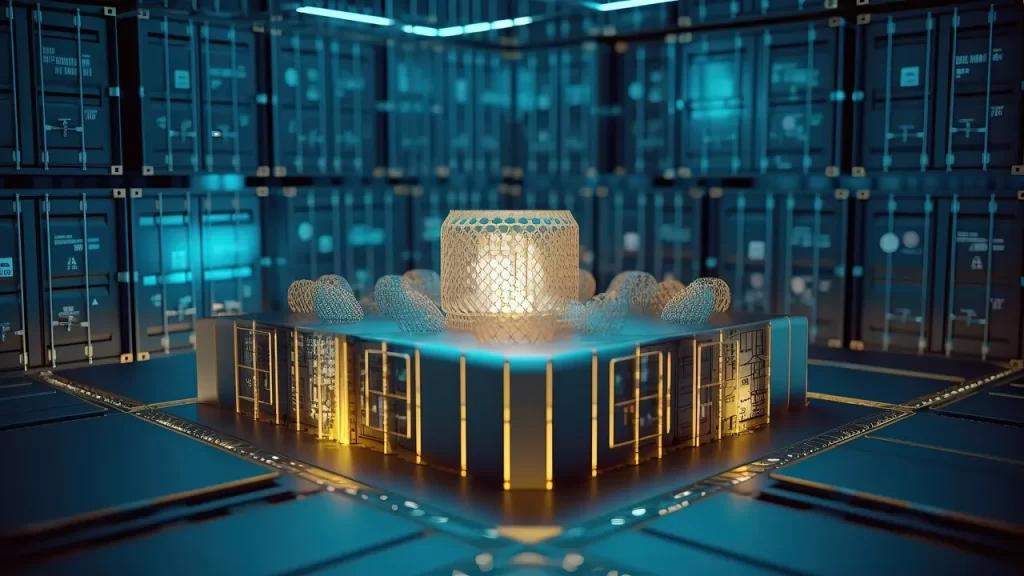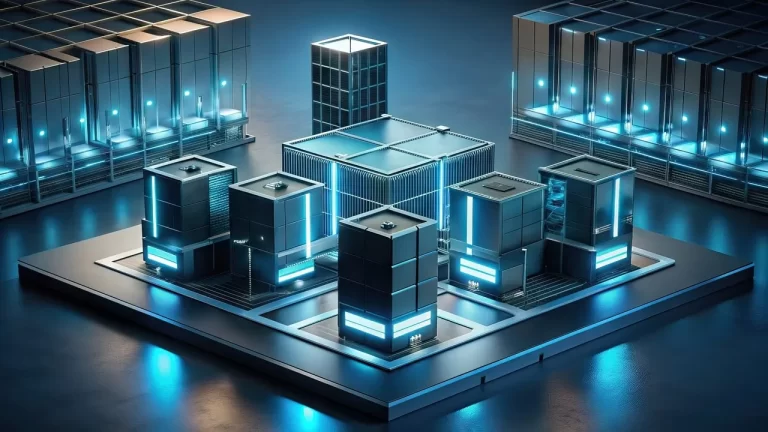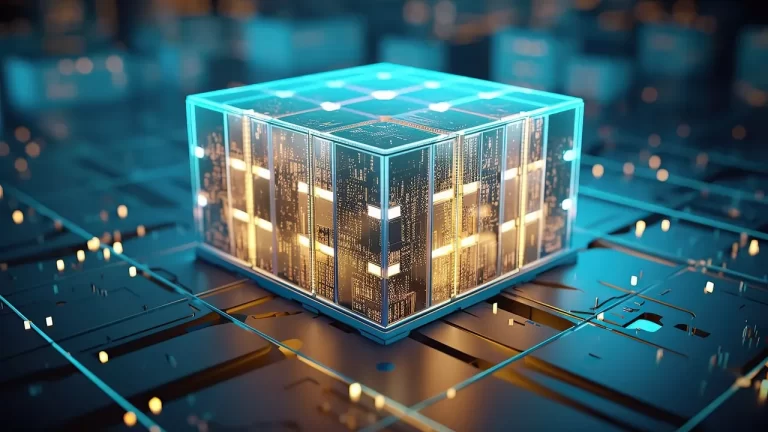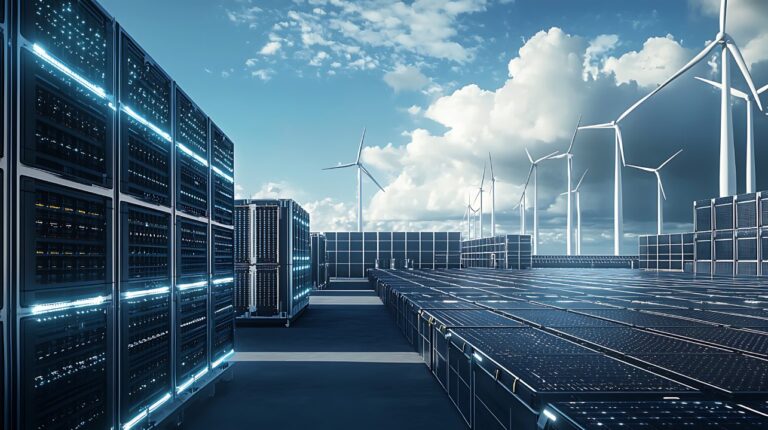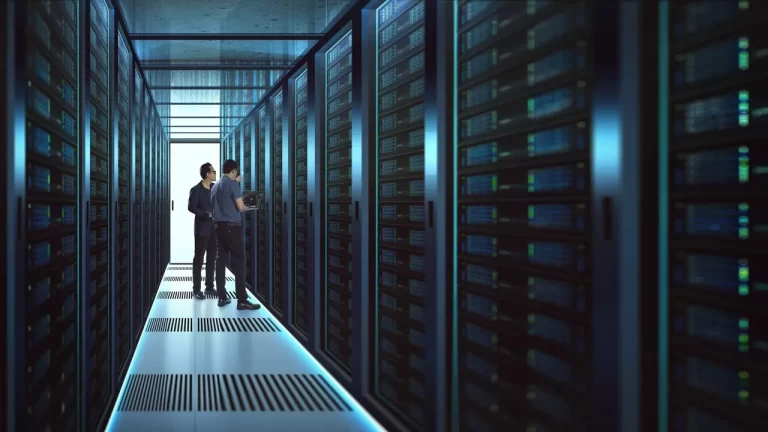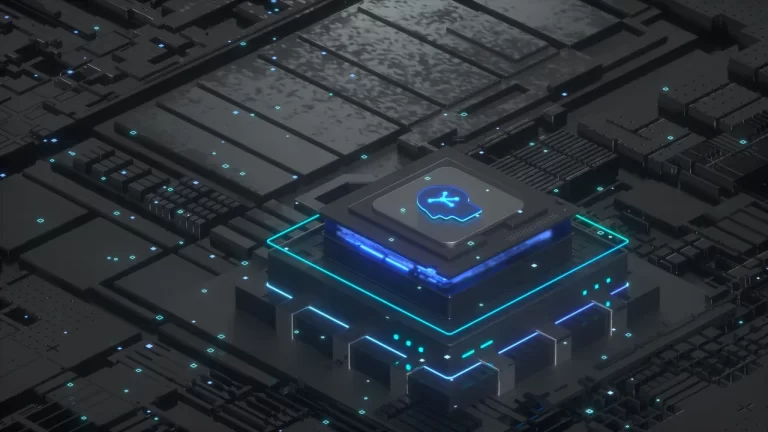Huawei Launches AI Data Center Solution at Global Summit in Dubai
On May 13, 2025, Huawei hosted the Global Data Center Facility Summit 2025 in Dubai under the theme “Power the Digital Era Forward.” The summit gathered over 500 industry leaders, technical experts, and ecosystem partners to explore future growth opportunities in the data center (DC) industry and usher in the era of intelligent computing. The event’s global release of Huawei’s AI Data Center (AI DC) solution was highlighted.
In his opening remarks, Charles Yang, Senior Vice President of Huawei and President of Global Marketing, Sales, and Services for Huawei Digital Power, emphasized that the golden era of computing infrastructure has arrived. With AI models increasingly driving innovation across industries, organizations are leveraging local AI inference platforms to boost competitiveness. According to Yang, global AI DC capacity is expected to exceed 100 GW by 2028, creating a market space of over USD 600 billion in the energy infrastructure sector alone.
However, he noted that the development of AI DCs comes with significant challenges—namely, the need for higher reliability, faster deployment, and greater energy efficiency. To overcome these hurdles, Huawei is focused on innovation in data center architecture. Enhancing system reliability remains the top priority, and Huawei recommends adopting isolated power supply systems such as dedicated prefabricated containers or remote deployment models. These can substantially improve operational stability.
To accelerate deployment, Huawei is leveraging modular and prefabricated solutions. Its PowerPOD system uses a fully decoupled architecture to deliver one power system per container. This design significantly shortens time-to-market, achieves a prefabrication rate of over 90 percent, and reduces onsite labor by 70 percent. On the energy front, Huawei is promoting the use of direct green power supply and campus-based photovoltaic development. Additionally, AI-driven energy efficiency optimization is helping existing data centers achieve greater sustainability.
Bob He, Vice President of Huawei Digital Power and President of the Data Center Facility & Critical Power Product Line, presented the keynote address titled “Building a Robust Foundation for the Intelligent Computing Era.” During his presentation, he officially launched Huawei’s AI DC solution, designed to address the growing demands of intelligent computing centers. He noted that although the construction of such centers is expanding rapidly, the industry still faces key challenges such as system reliability, speed of delivery, flexible deployment options, and cost-efficiency.
To address these needs, Huawei introduced its RASTM framework, which guides the development of AI DCs with a focus on reliability, agility, and sustainability. The company ensures full-lifecycle reliability by integrating safety features across its lithium battery products—from the battery cell to the system level—and by using isolated architectures and intelligent monitoring systems to prevent failures. Agility is achieved through the modular design of systems like the PowerPOD, which enables flexible, on-demand deployment and reduces the delivery timeline from 28 to 18 weeks. In terms of sustainability, Huawei emphasizes system-wide power efficiency over individual module performance. Its modular UPS5000-H, for instance, achieves a system efficiency of 97.3 percent, which rises to 99.1 percent in S-ECO mode, ensuring optimal energy use.
With its comprehensive portfolio of reliable products, professional services, and consulting expertise, Huawei aims to build intelligent data centers that combine rapid deployment, robust performance, cost efficiency, and flexible scalability.
In addition to the product launch, Huawei collaborated with the International Telecommunication Union (ITU), supported by Alibaba Cloud, China Mobile Group Design Institute, China Telecom, and China Unicom, to release the White Paper on the Safety of Lithium-ion Battery Applications in Data Centres. The paper outlines a systematic approach to improving battery safety across three levels: battery cell, module, and system. It advocates for the remote deployment of battery systems where possible. If batteries must be installed within buildings, it is recommended to use water-based fire suppression systems to prevent reignition and ensure the continued stability of DC operations.
This summit underscores Huawei’s commitment to leading the digital power industry into the intelligent computing era by delivering innovative, efficient, and secure data center solutions.

